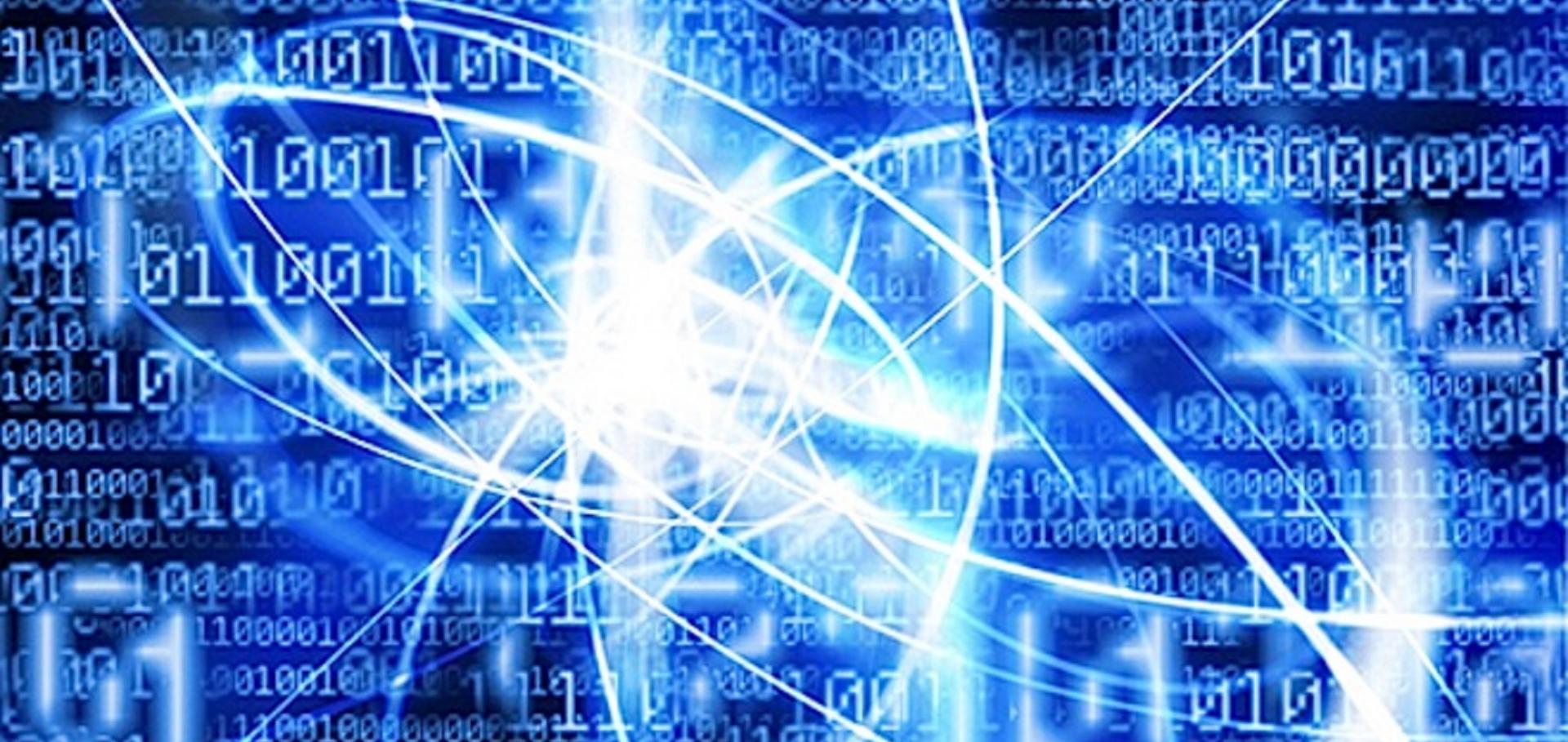Quantumenhanced information processing
Philosophical Transactions of the Royal Society A Mathematical Physical and Engineering Sciences The Royal Society 358:1765 (2000) 261-279
Beyond bits: The future of quantum information processing
Computer 33:1 (2000) 38-45
Abstract:
Quantum information theory seeks to unite some of the most influential ideas of 20th century science: quantum mechanics, computer science and information theory. The development of quantum information theory has only begun, and only a few applications are known, mostly in quantum system control and data security. The future of the theory is hard to predict, but it seems poised to contribute to some of the most exciting ideas of the 21st century. This theory gives an ideal framework for developing a better understanding of how nature works and what it will allow to be done.Physicists triumph at guess my number
Physics Today 53:2 (2000) 35-39
Abstract:
Quantum entanglement looks like telepathy when three physicists get together on a game show.Quantum computing with trapped ions, atoms and light
Fortschritte der Physik 48:9-11 (2000) 839-858
Abstract:
We first consider the basic requirements for a quantum computer, arguing for the attractiveness of nuclear spins as information-bearing entities, and light for the coupling which allows quantum gates. We then survey the strengths of and immediate prospects for quantum information processing in ion traps. We discuss decoherence and gate rates in ion traps, comparing methods based on the vibrational motion with a method based on exchange of photons in cavity QED. We then sketch the main features of a quantum computer designed to allow an algorithm needing 106 Toffoli gates on 100 logical qubits. We find that around 200 ion traps linked by optical fibres and high-finesse cavities could perform such an algorithm in a week to a month, using components at or near current levels of technology.Decoherence and Quantum Error Correction
Chapter in The Physics of Quantum Information, Springer Nature (2000) 221-259


